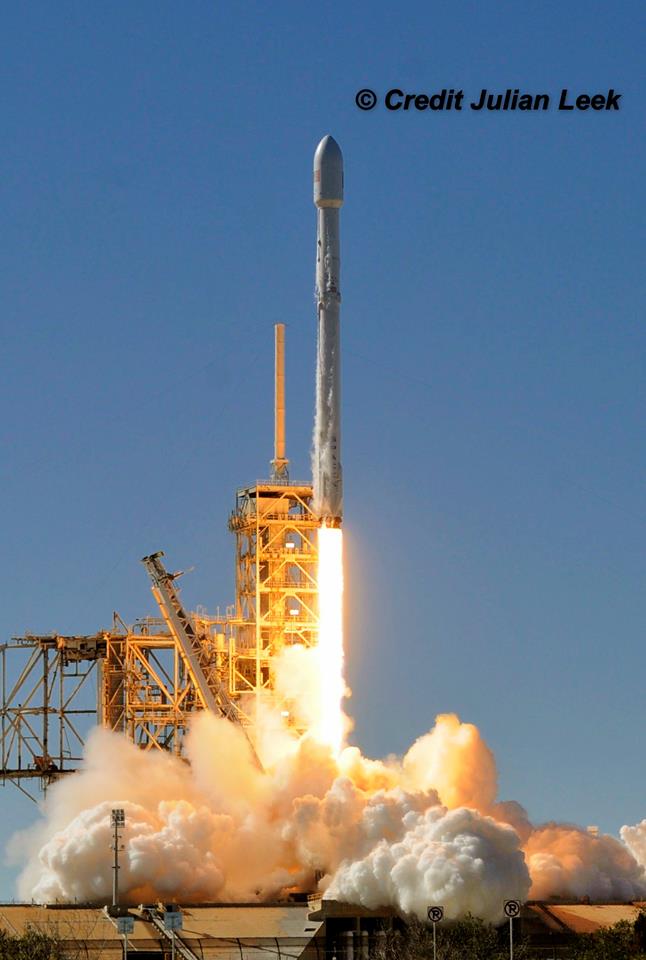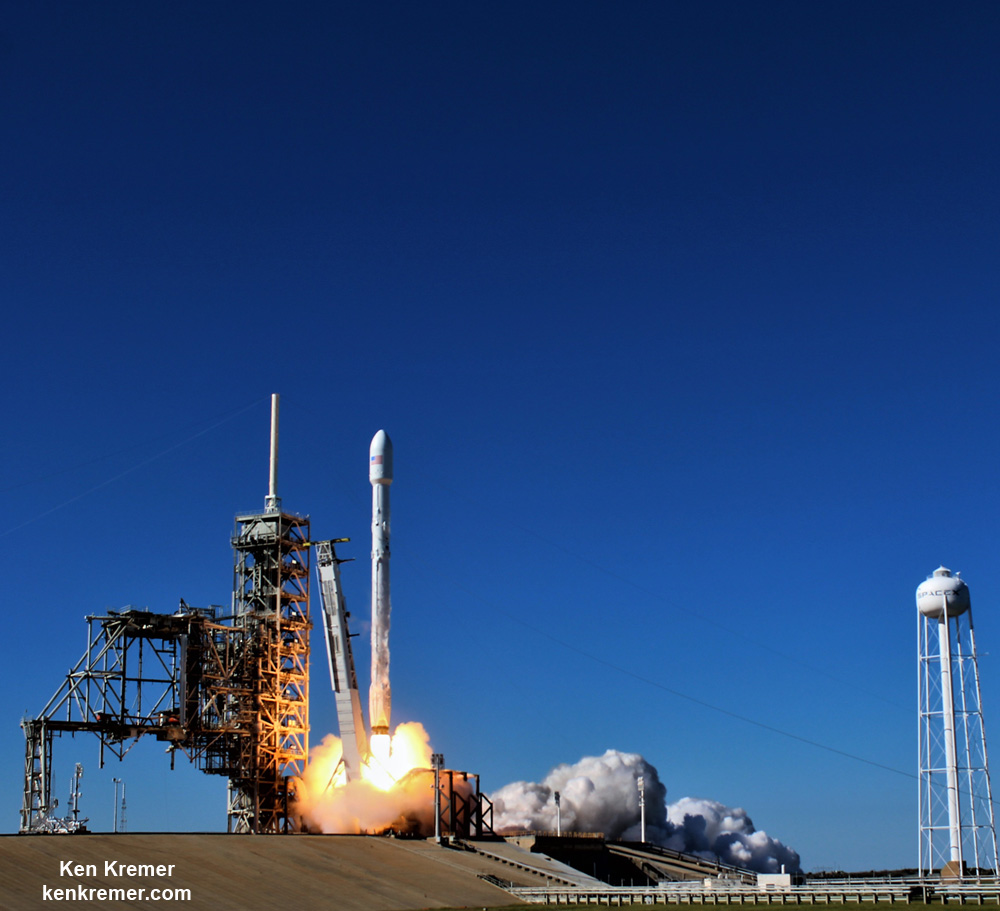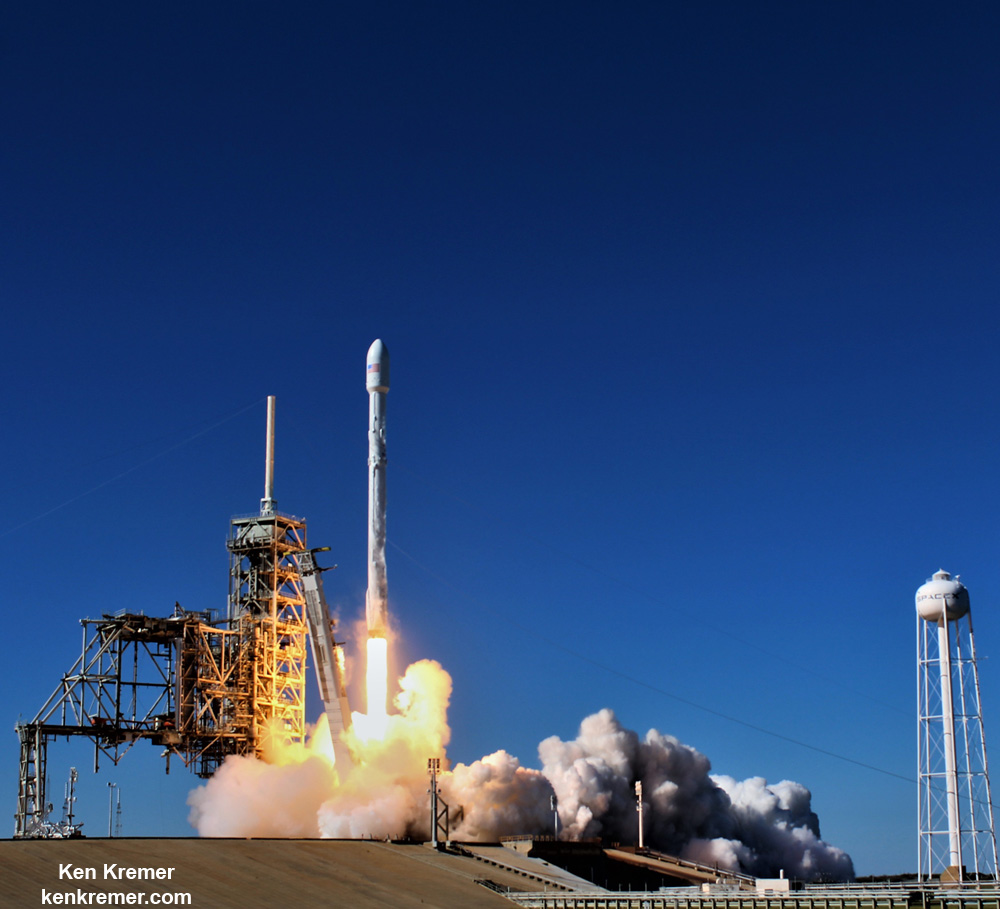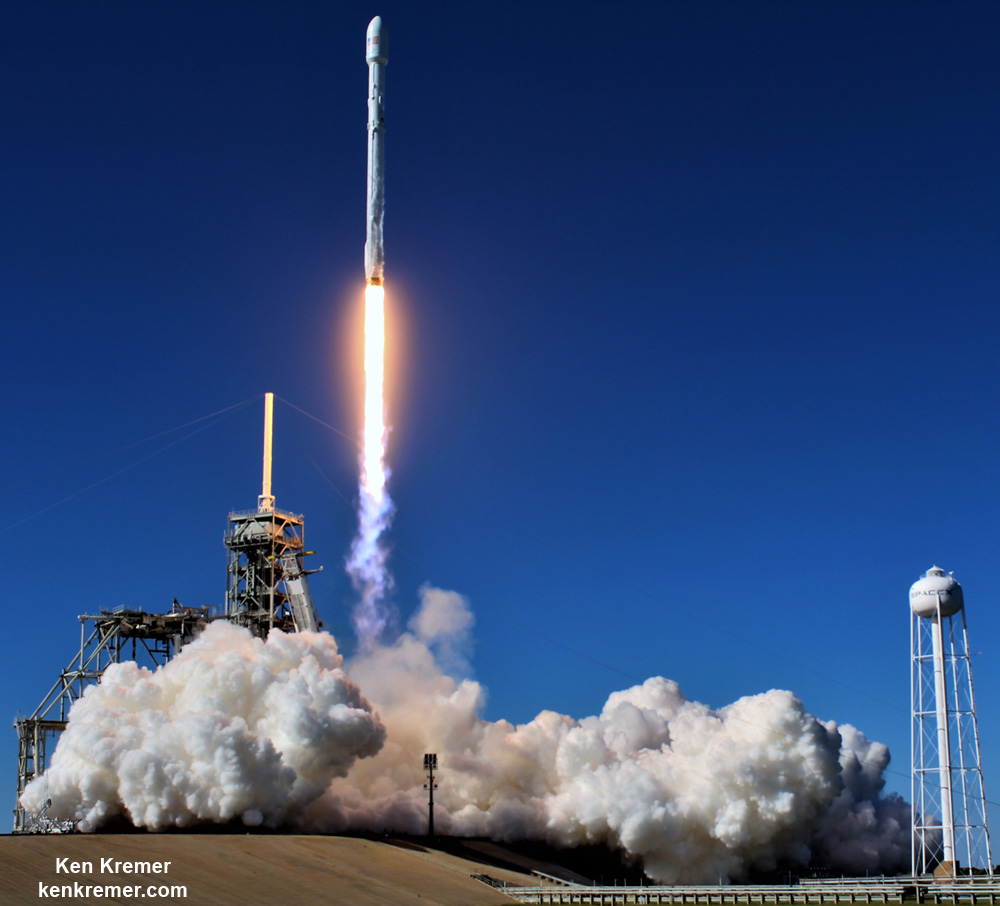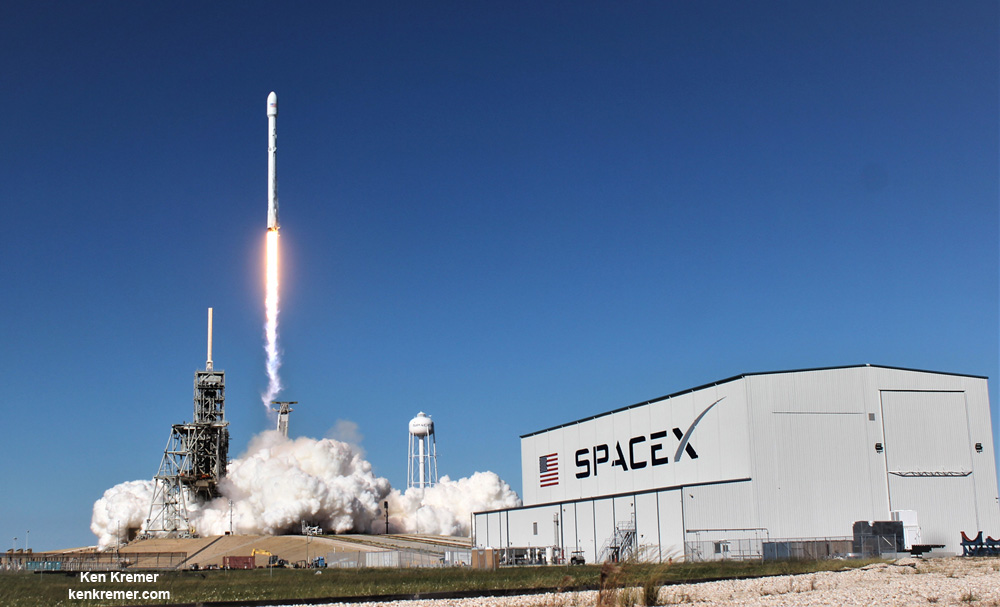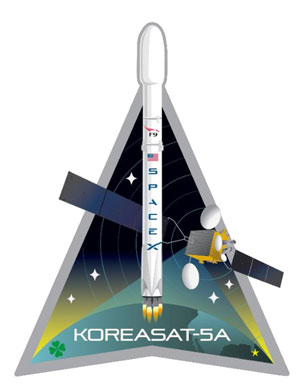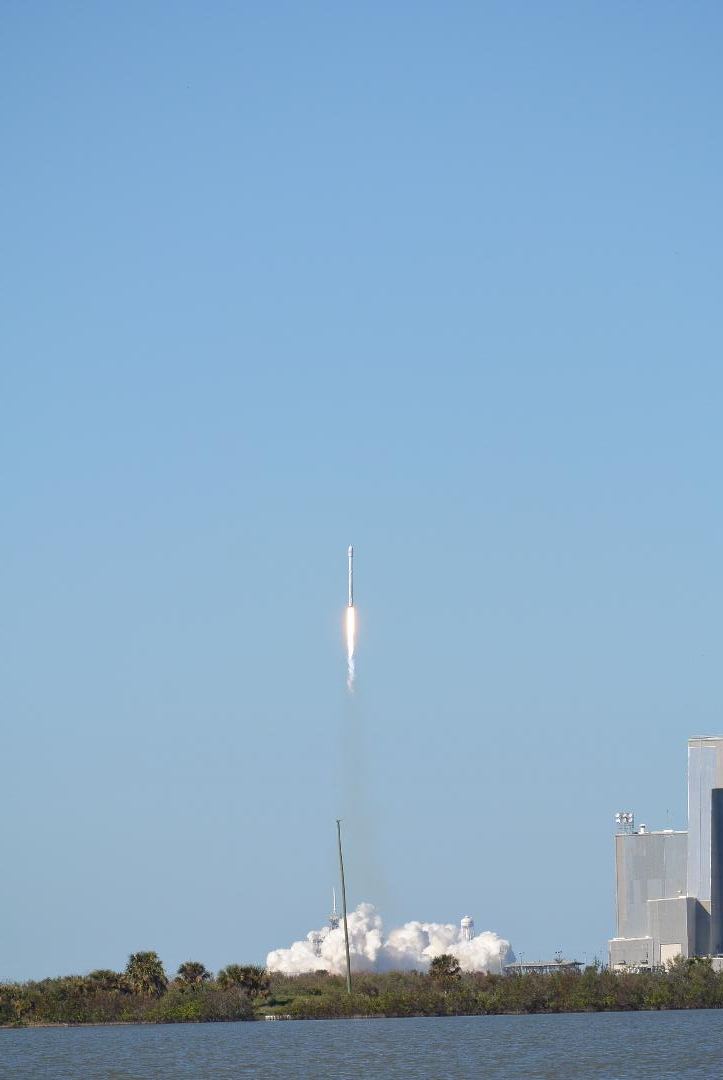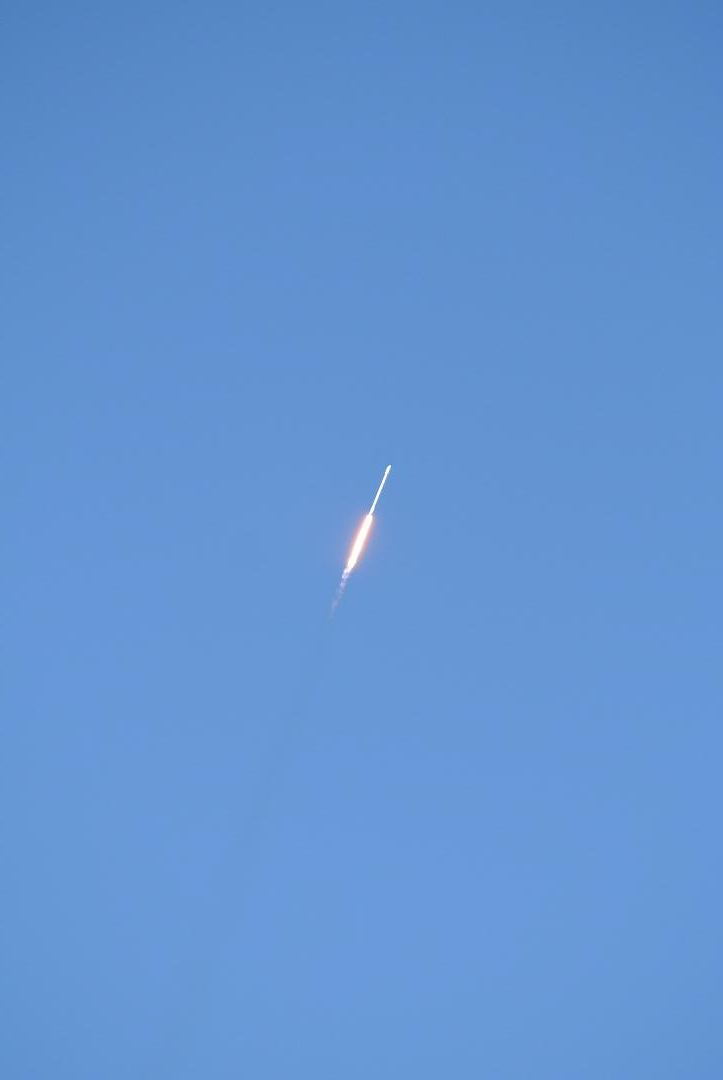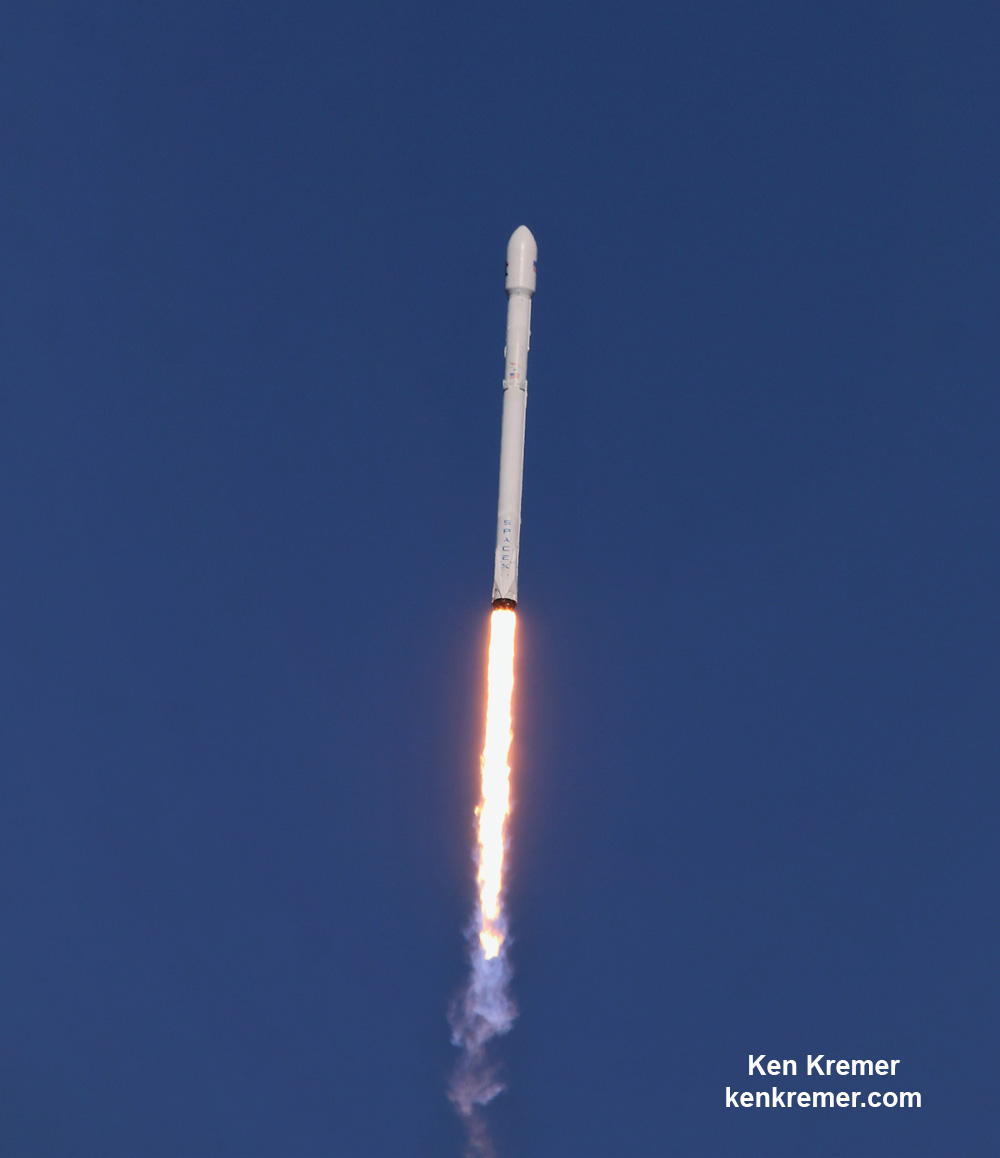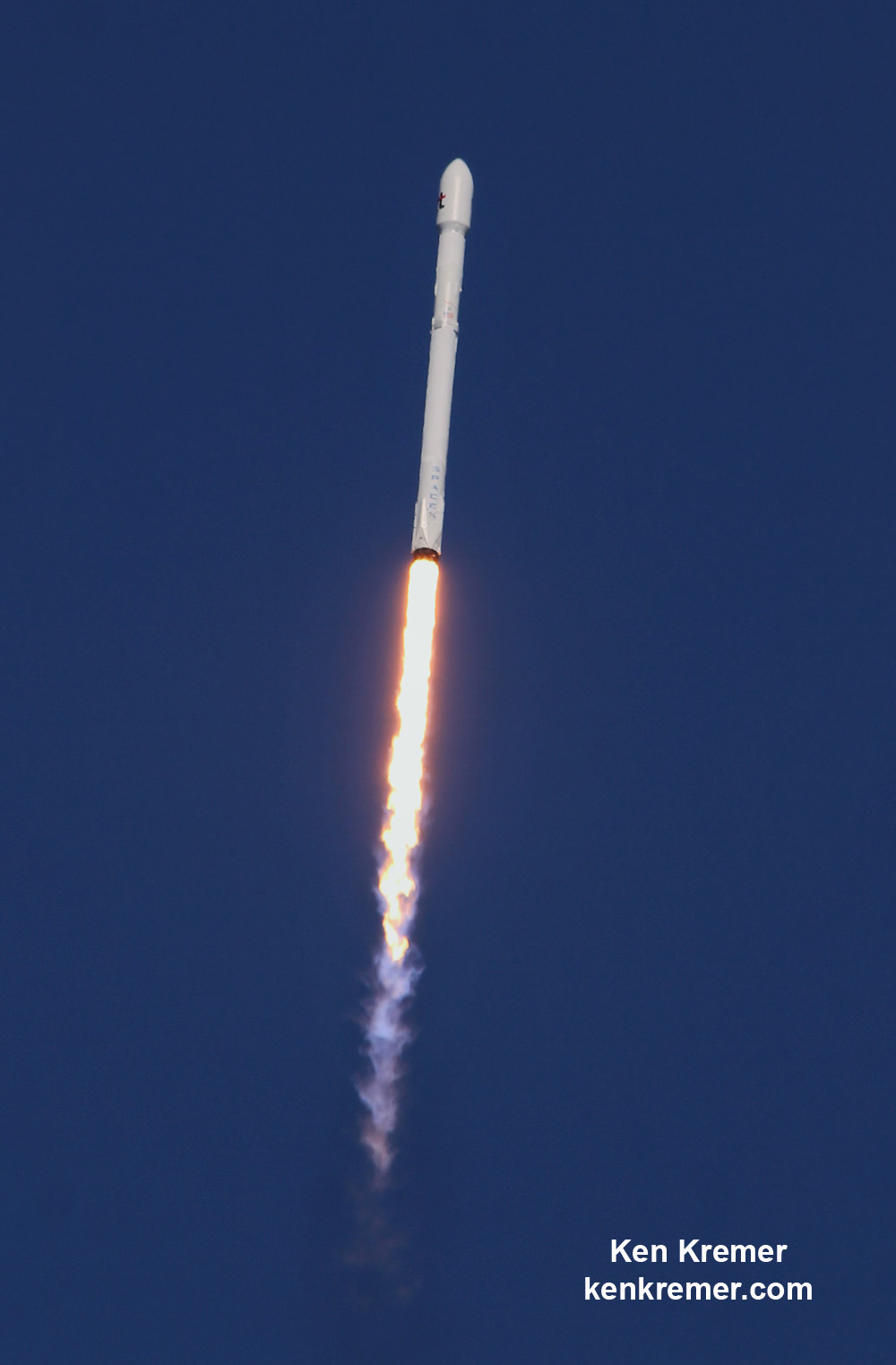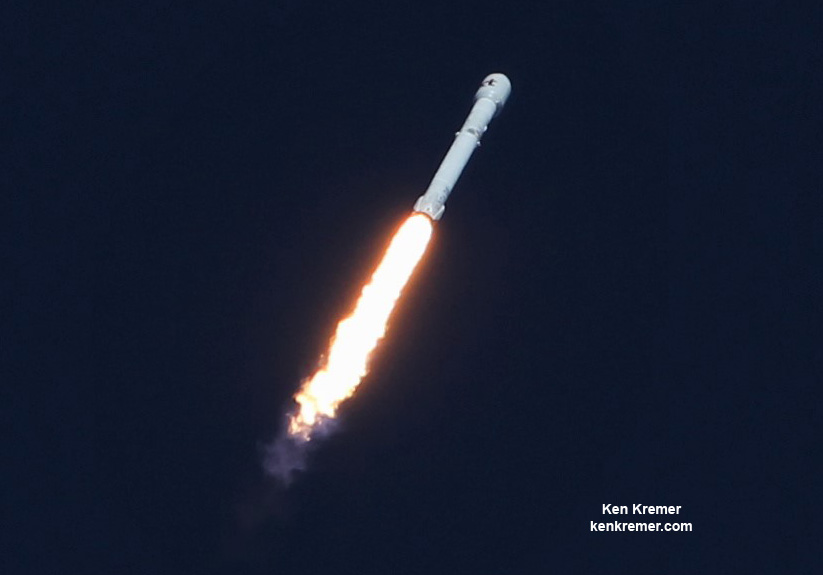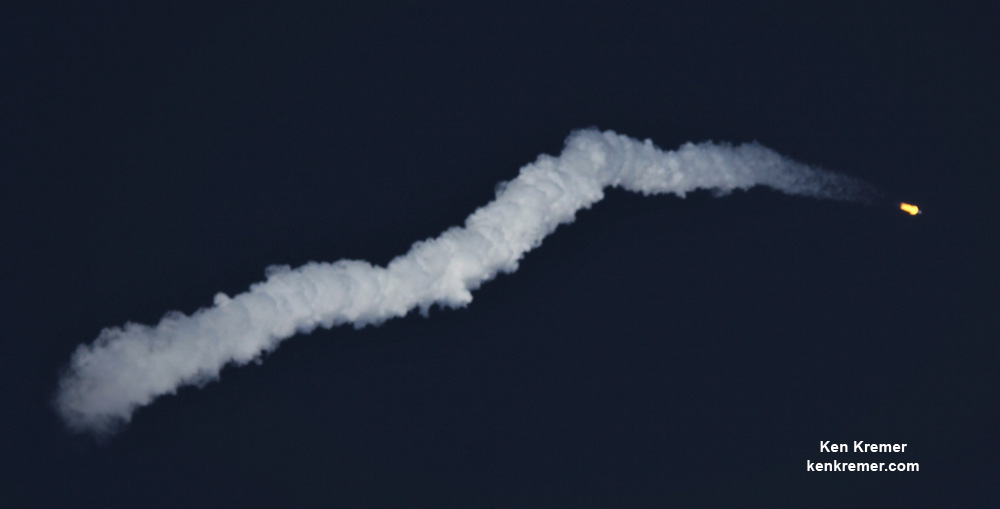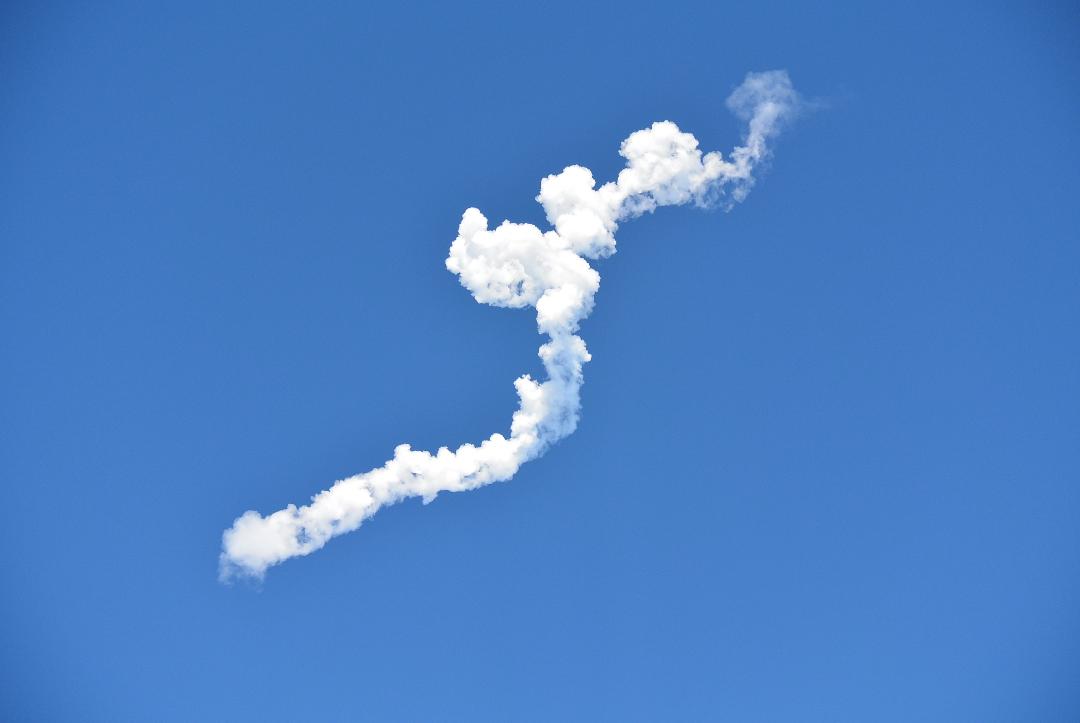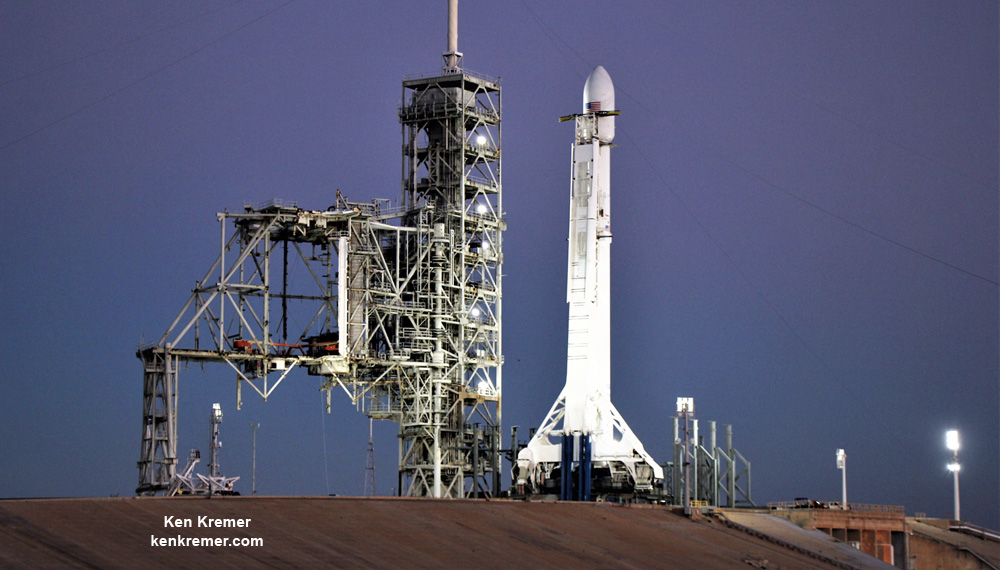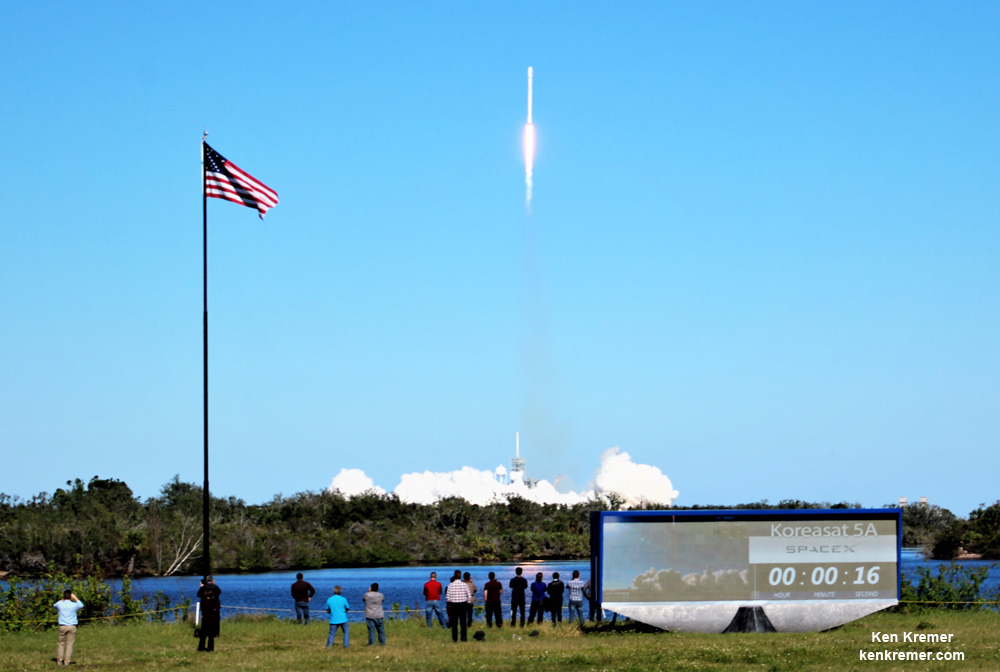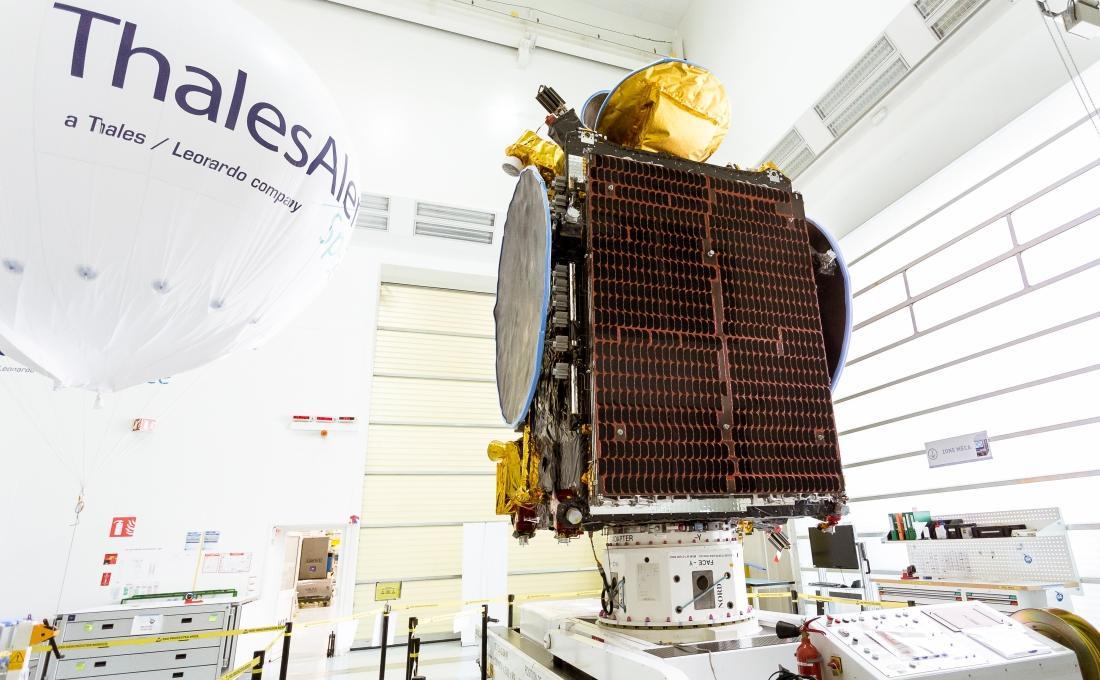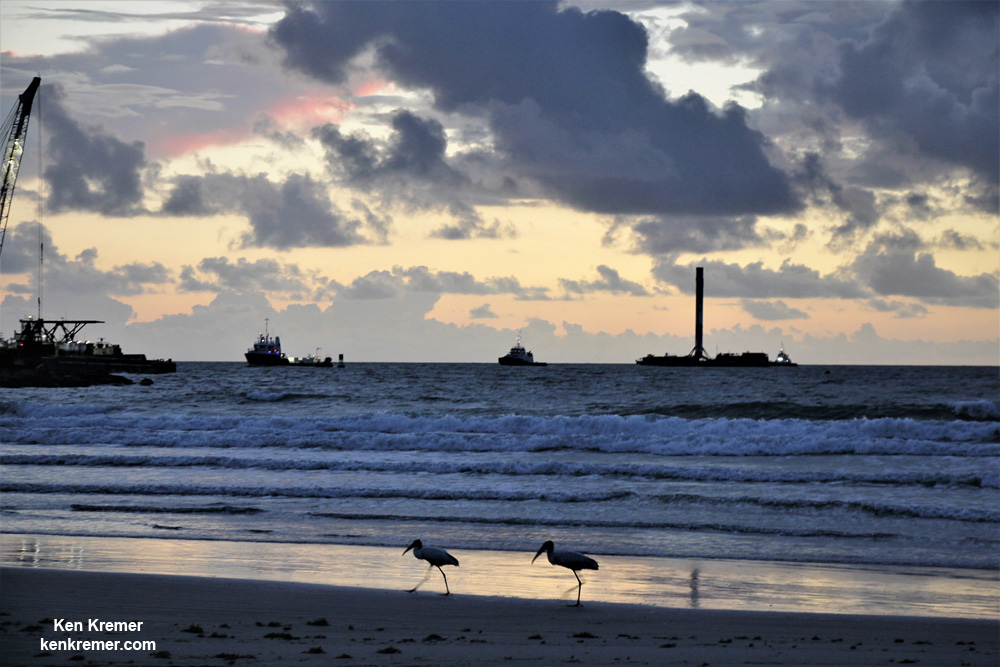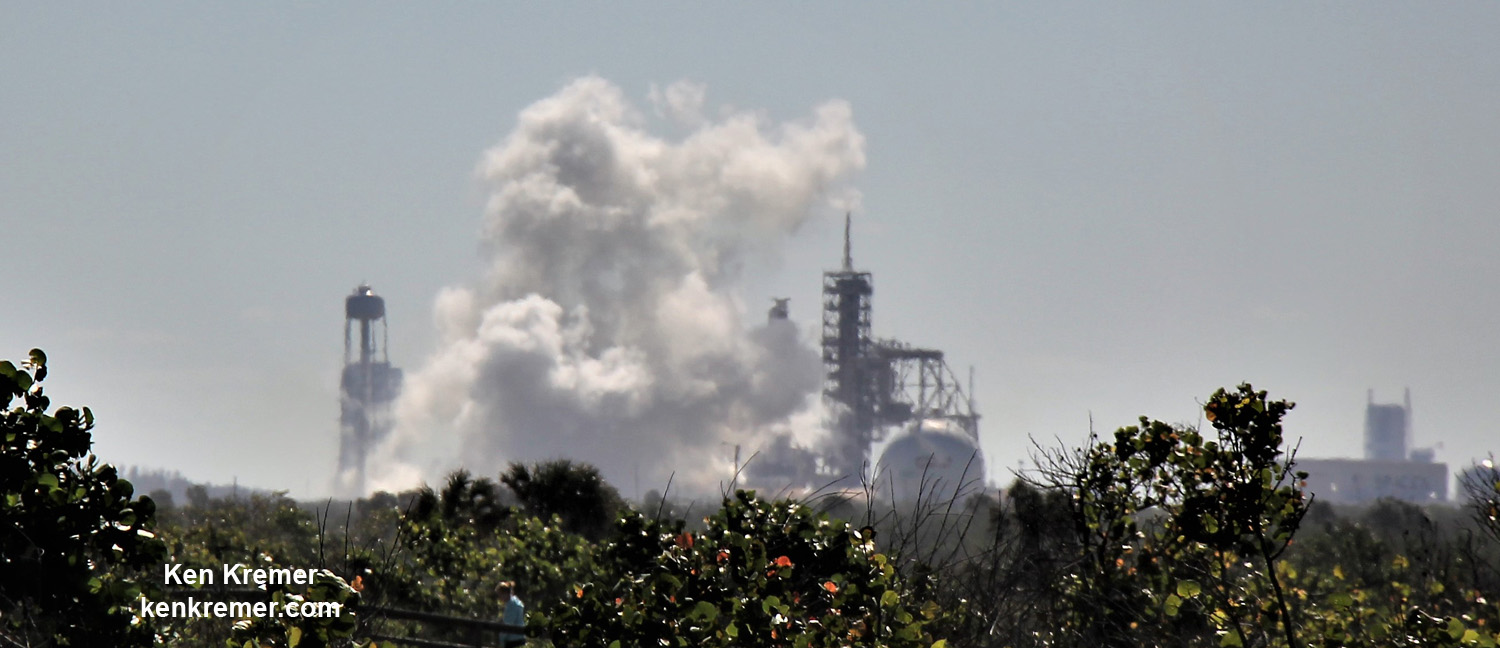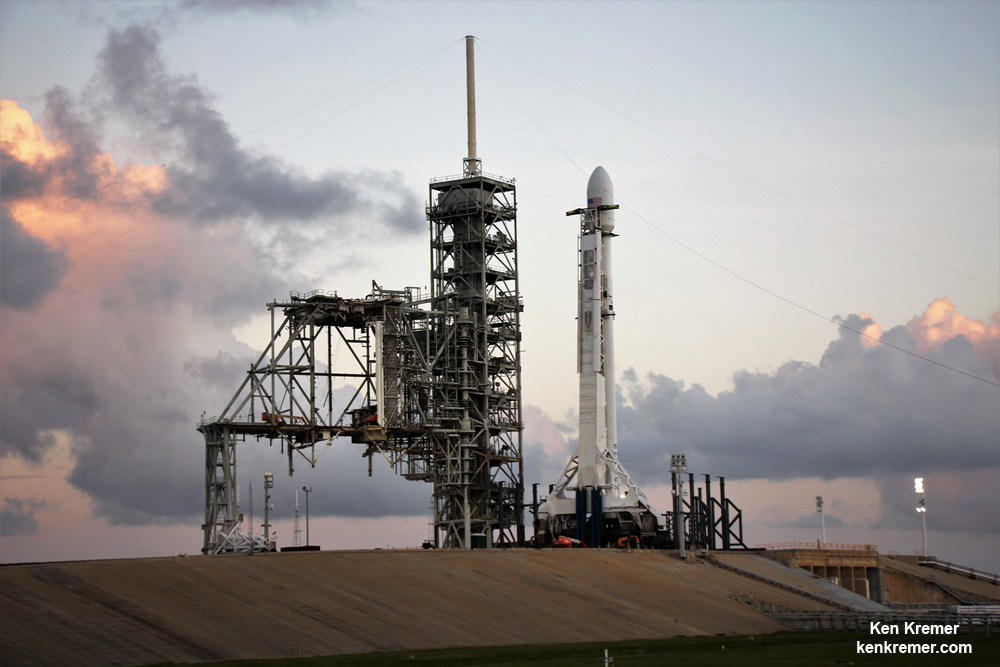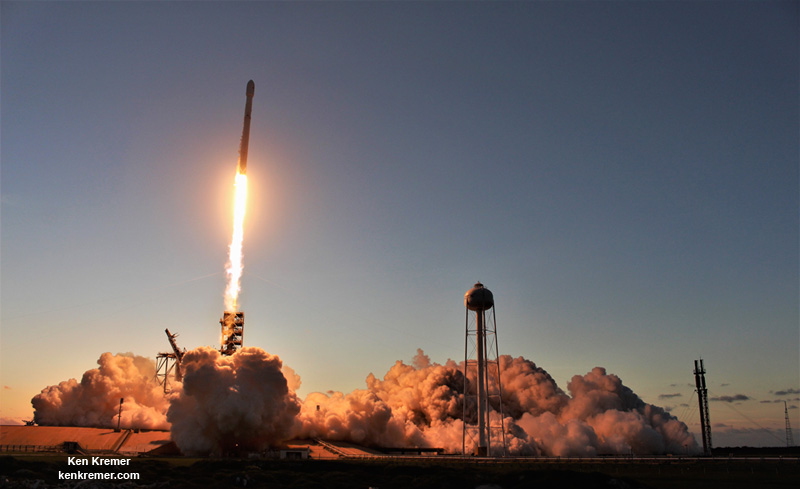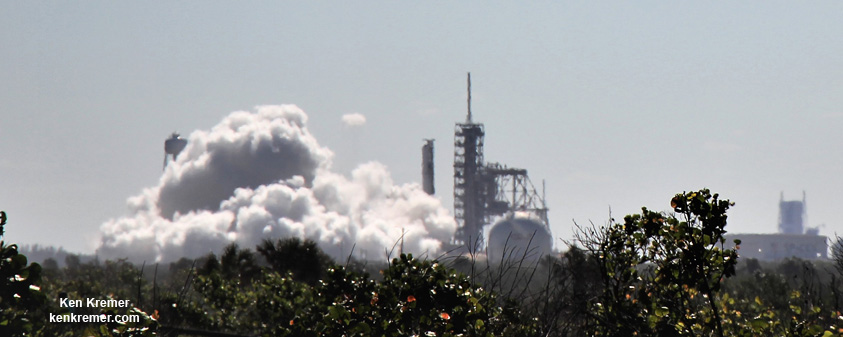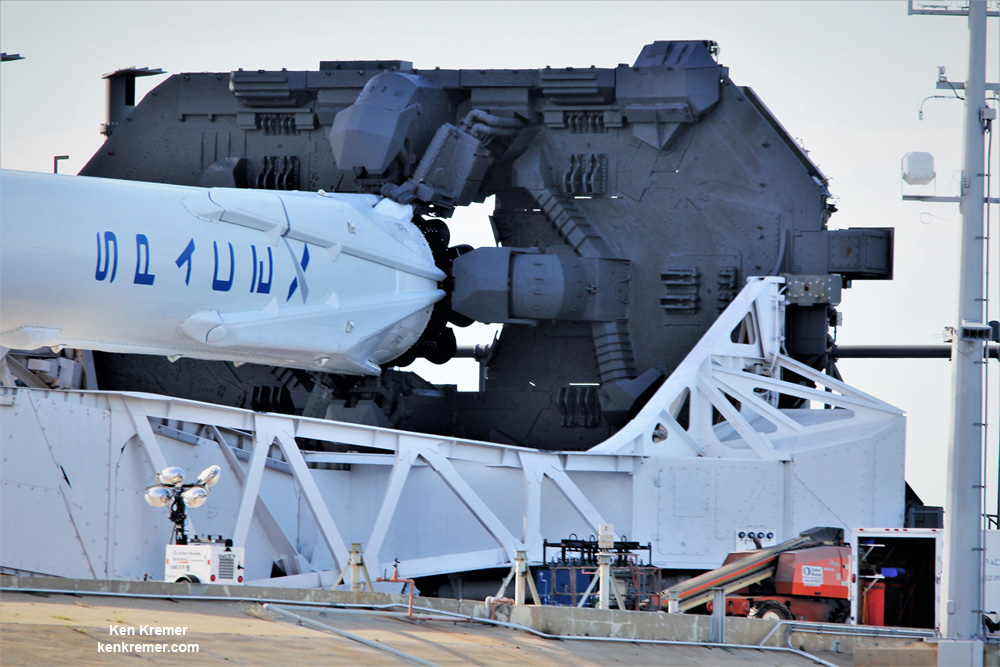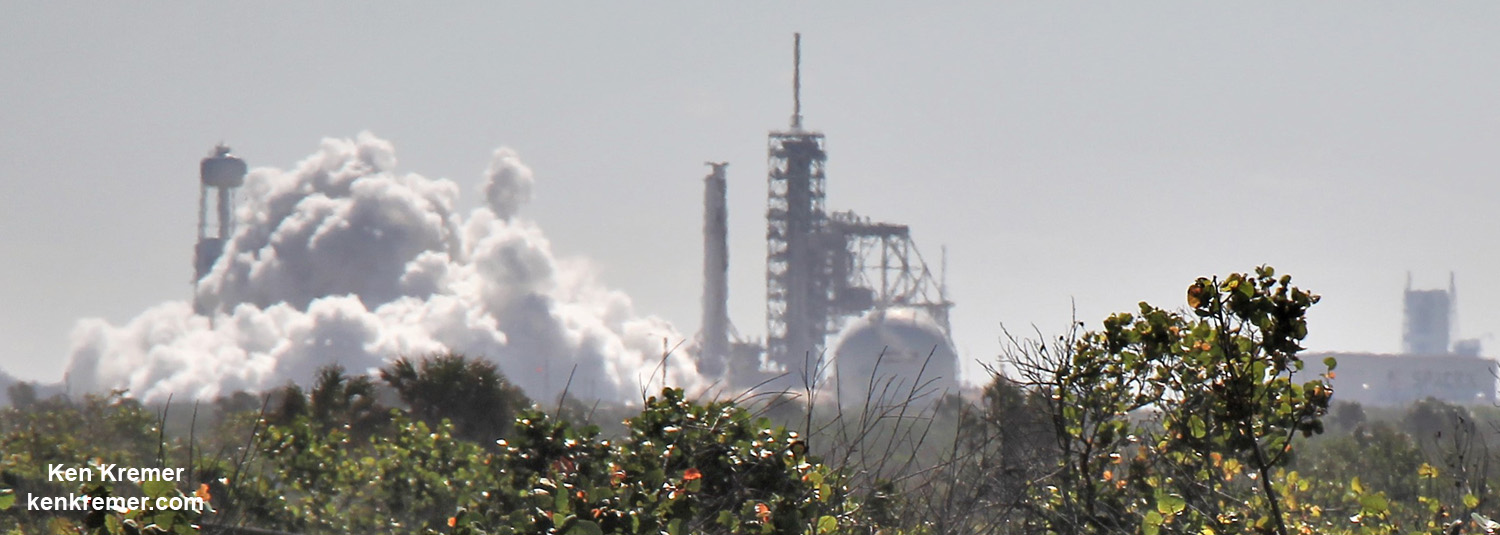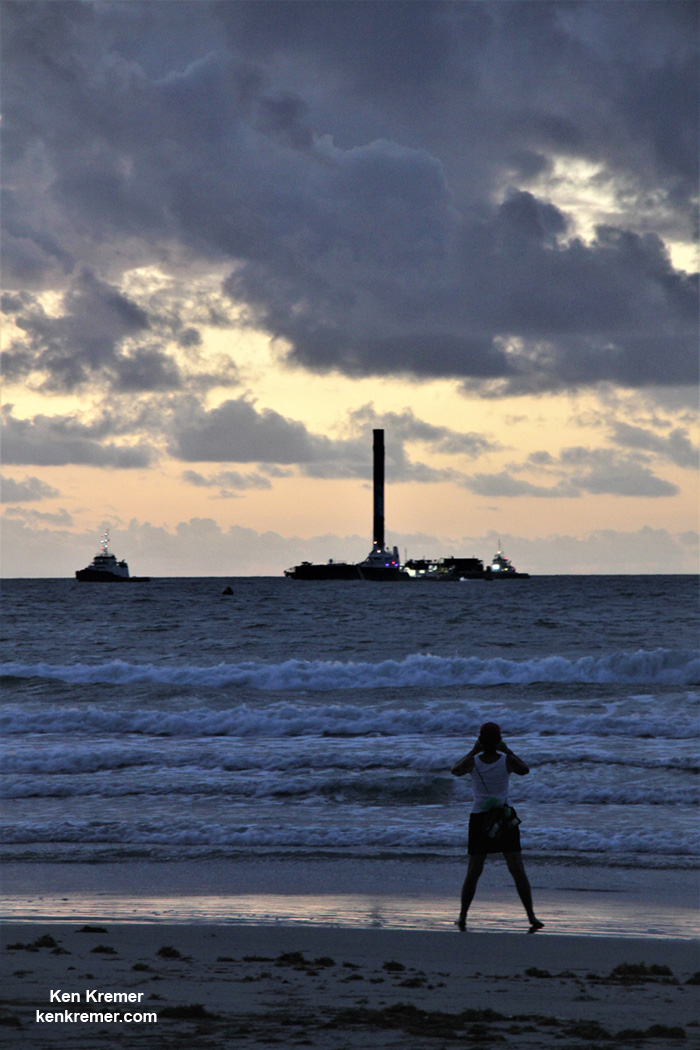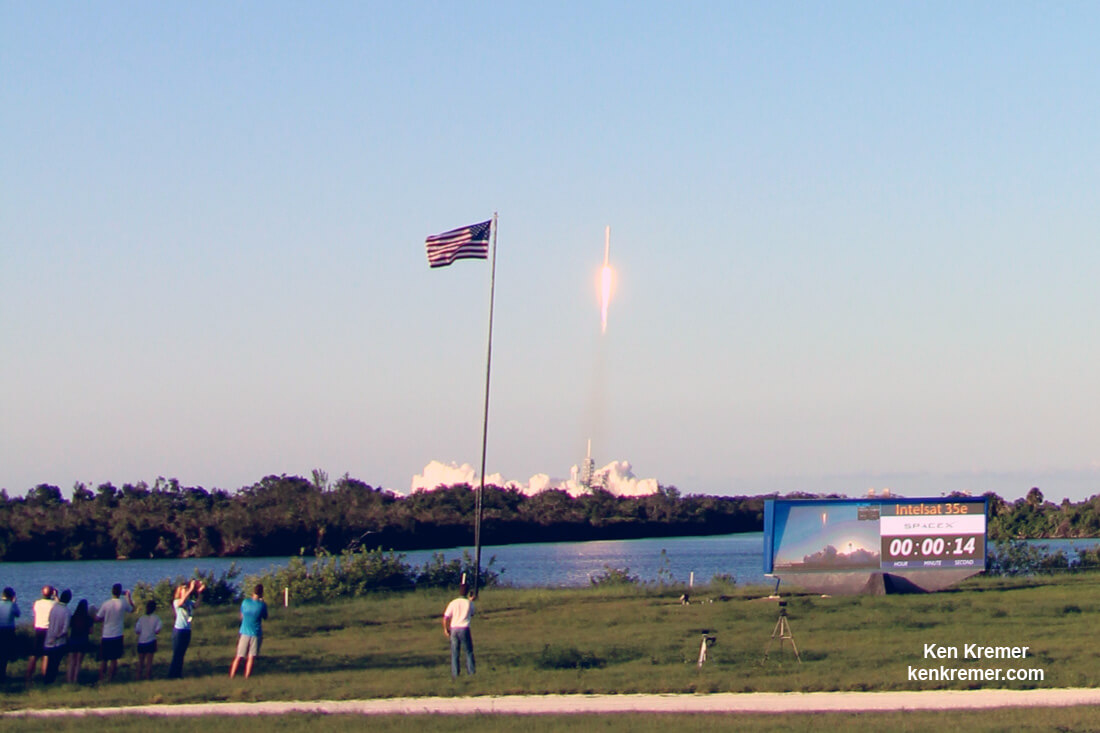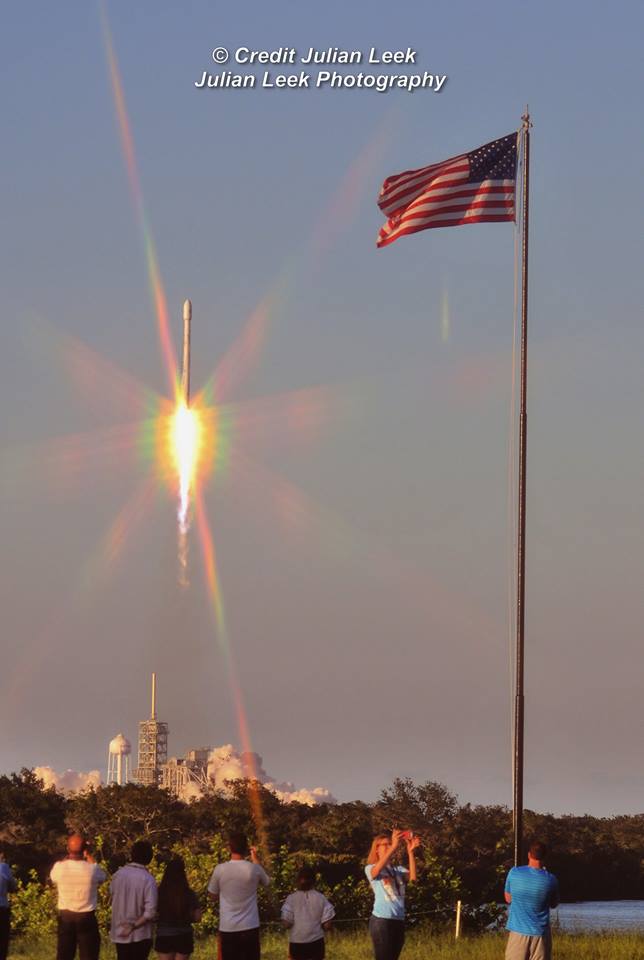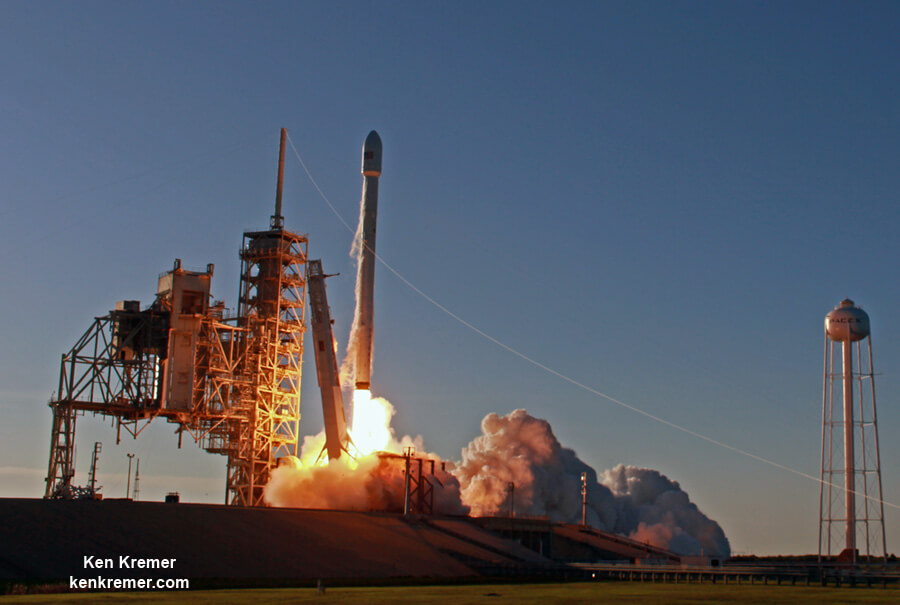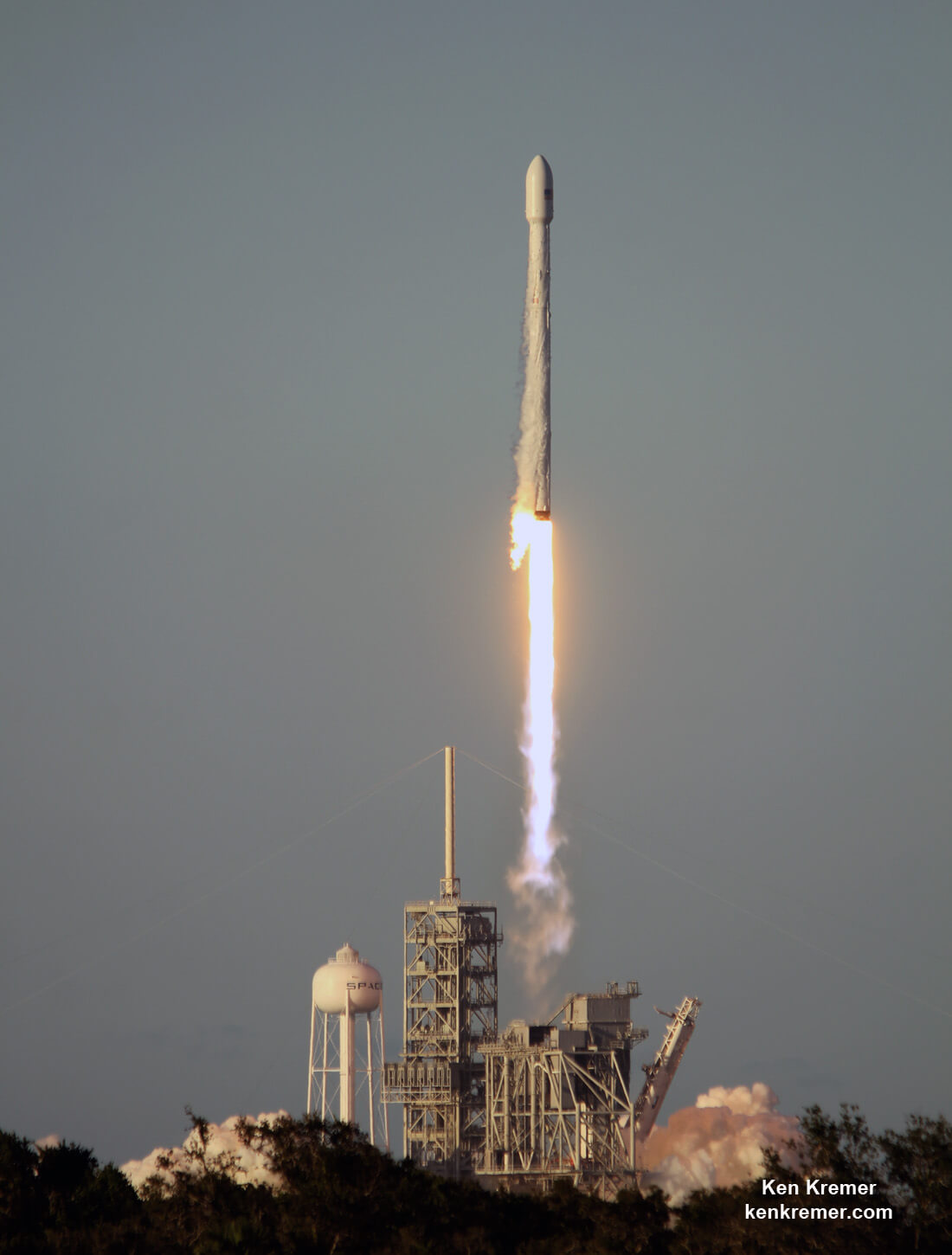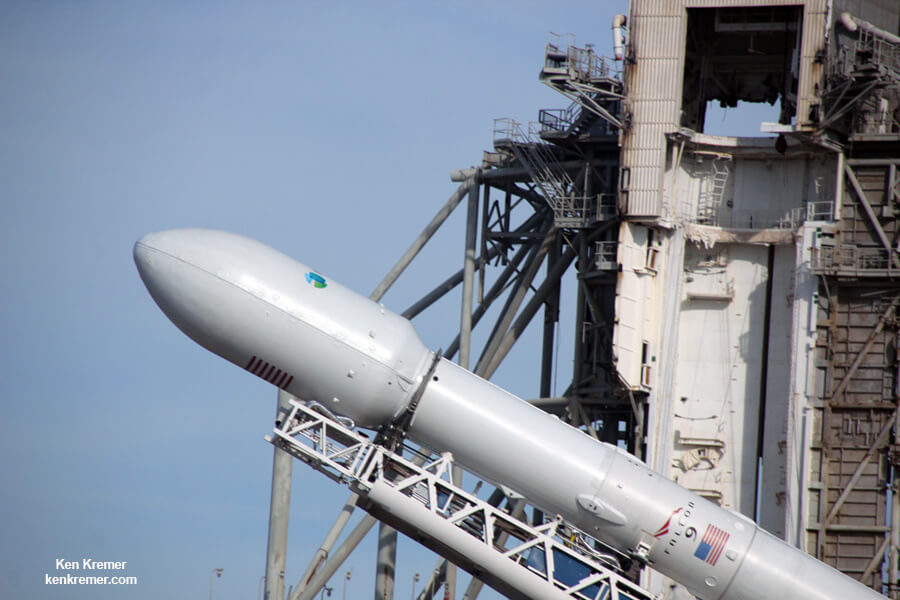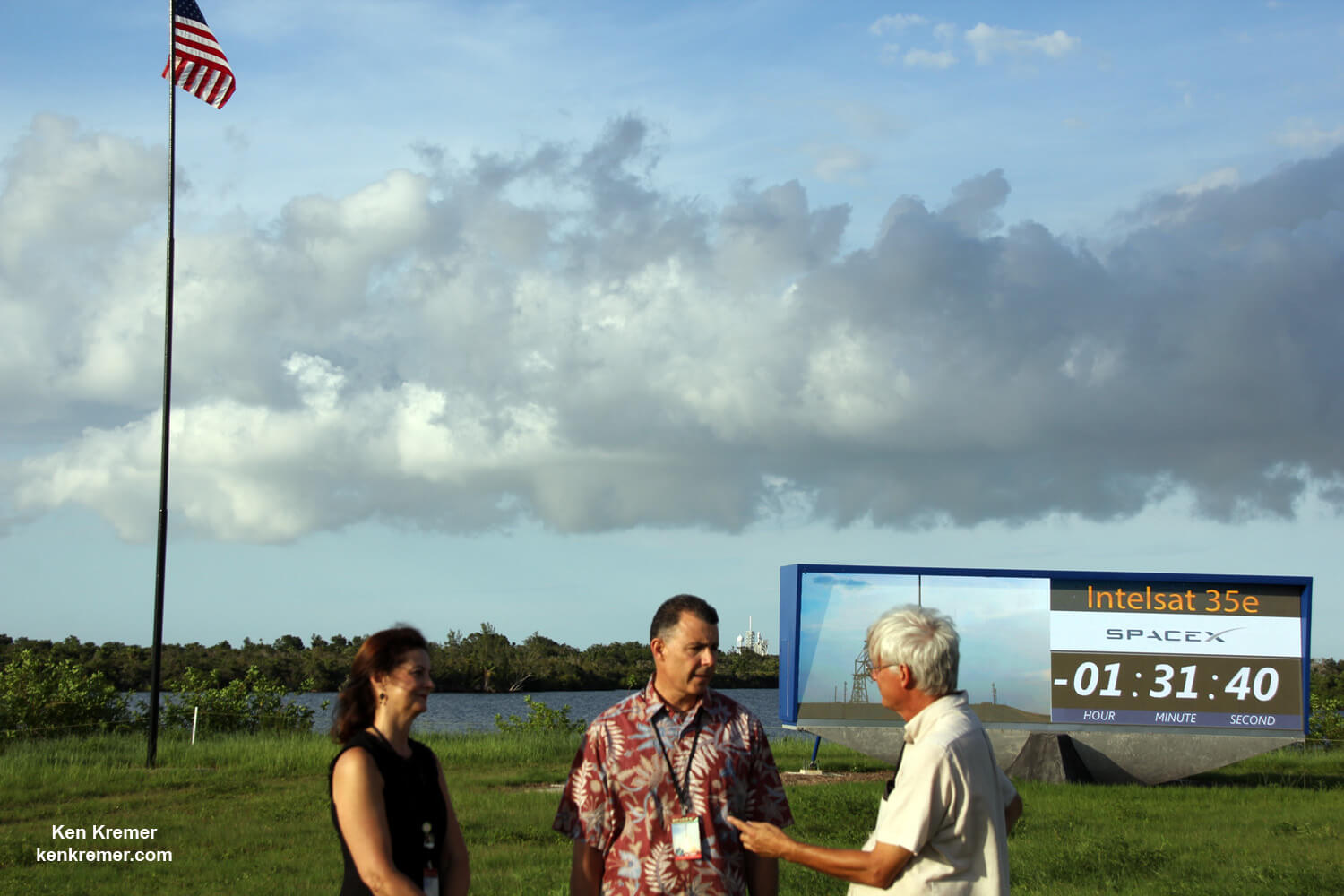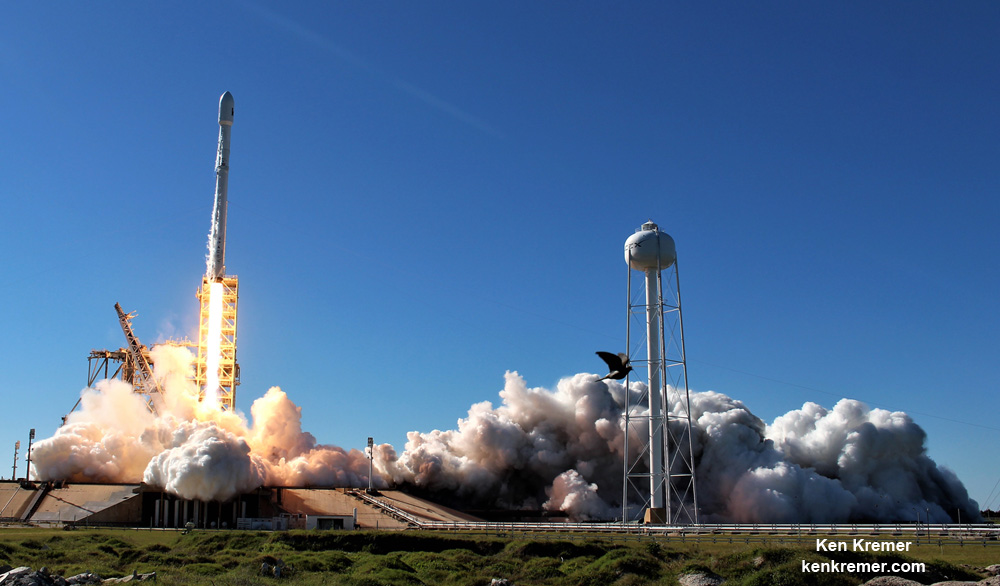
KENNEDY SPACE CENTER, FL – With the stunningly beautiful Halloween eve liftoff of the commercial KoreaSat-5A telecomsat payload from the Florida Space Coast, SpaceX matched competitor United Launch Alliance’s (ULA) single year launch record of 16 missions – and the blastoff record breaker is on tap in just 2 weeks time!
In fact several additional Falcon 9 missions are planned before the end of 2017 that could bring the year’s accumulated total to an incredible 20 or more liftoffs – if all goes well from SpaceX’s coastal launch bases in Florida and California.
Hawthorne, Ca based SpaceX tied ULA’s 16 mission record on Monday, Oct. 30, when their Falcon 9 blasted off mid-afternoon carrying the private KoreaSat-5A telecomsat mission right on time at the opening of the launch window at 3:34 p.m. EDT (1934 GMT) from seaside Launch Complex 39A at NASA’s Kennedy Space Center in Florida.
Check out the exciting gallery of SpaceX KoreaSat-5A launch imagery and videos compiled here from this author and several space media colleagues. And check back often as the gallery grows!

ULA established their one year record of 16 missions in 2009 with the launch of NASA’s Wide-field Infrared Survey Explorer (WISE) spacecraft by a Delta II on Dec. 14, 2009.
Altogether ULA’s 2009 launch manifest included five Atlas Vs, eight Delta IIs, two Delta IVs and the first Delta IV Heavy carrying an NRO payload.
ULA is a 50:50 joint venture owned by Boeing and Lockheed Martin – now in fierce competition with SpaceX founded by billionaire and CEO Elon Musk who has won numerous commercial, government and military contracts by dramatically slashing launch costs.
Adding to the drama of SpaceX’s record breaking next Falcon 9 launch is that it’s a secret mission planned for about Nov. 15 – and its codenamed ‘Zuma’ – – but about which we know basically nothing.
To date 12 of this year’s 16 Falcon 9’s have launched from Launch Complex 39A at the Kennedy Space Center, Fl.
After lying dormant for six years, Pad 39A has been repurposed and refurbished by SpaceX from its days as a NASA shuttle launch pad.
NASA’s last space shuttle launch took place in July 2011 with the STS-135 mission to the International Space Station.
In addition to being SpaceX’s 16th launch this year, KoreaSat-5A was the 2nd one by the new space firms Falcon 9 rocket from Florida’s Spaceport in October, and the third overall in October counting another liftoff from Vandenberg AFB, Calif. – thus maintaining an absolutely torrid launch pace on the way to the record tying mission.
Monday’s mission also marks the first for a Korean satellite customer.
The nearly two ton commercial KoreaSat-5A satellite will provide Direct to Home (DTH) broadcasting, maritime, internet and other services to the North Asian region centering around South Korea.
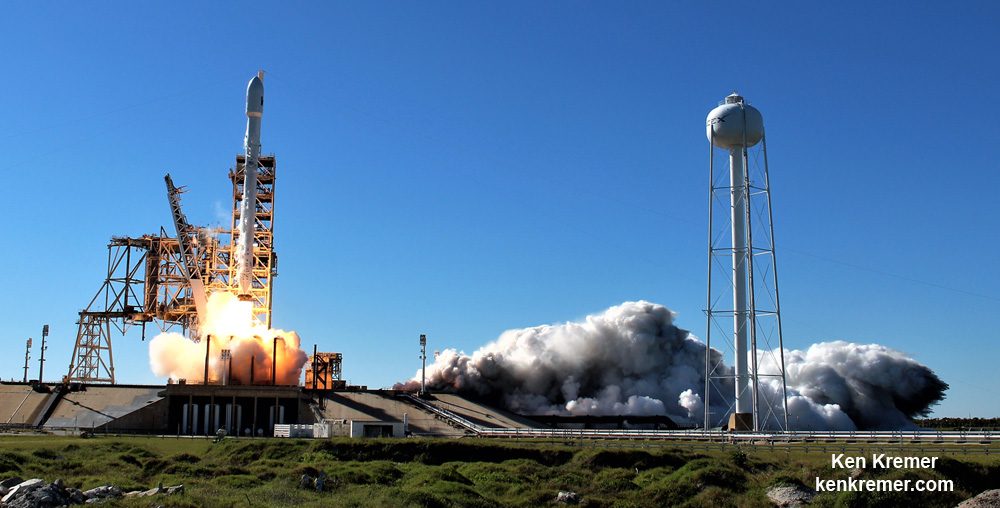
Eight and a half minutes after liftoff the 15 story tall first stage booster nailed another rocket assisted touchdown on the OCISLY droneship pre-positioned several hundred miles off shore of Cape Canaveral in the Atlantic Ocean.

Check out this exciting video compilation from remote cameras placed around pad 39A:
Video Caption: Up Close SpaceX KoreaSat 5A launch remote camera views on Oct. 30, 2017. Credit: Jeff Seibert
Koreasat-5A was built by prime contractor, Thales Alenia Space, responsible for the design, production, testing and ground delivery. It arrived at the Florida launch base on Oct. 5 for integration with the Falcon 9 rocket.
The 3,700 kg satellite is equipped with 36 Ku-band transponders and based on Thales Alenia Space’s new-generation Spacebus 4000B2 platform. It will replace Koreasat 5.
The solar panels provide a payload power of approximately 6.5 kW. It will be positioned at 113° East and provide coverage for Indochina, Japan, Korea, the Philippines and the Middle East including Direct to Home (DTH) services.
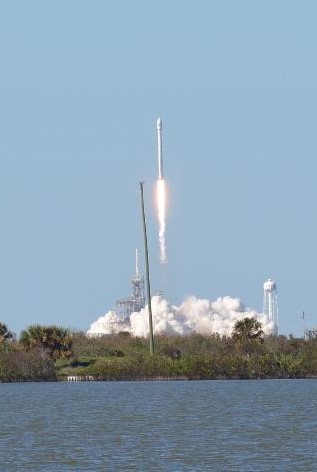
To date SpaceX has accomplished 19 successful landings of a recovered Falcon 9 first stage booster by land and by sea.
The first stage from October’s SES-11 launch arrived back into Port Canaveral, FL on top of the OCISLY droneship on Oct. 15. The SES-11 comsat launched on Oct. 11.
Watch for Ken’s continuing onsite coverage of SpaceX KoreaSat-5A & SES-11, ULA NROL-52 and NASA and space mission reports direct from the Kennedy Space Center and Cape Canaveral Air Force Station, Florida.
Stay tuned here for Ken’s continuing Earth and Planetary science and human spaceflight news.
